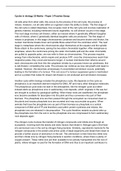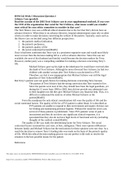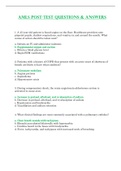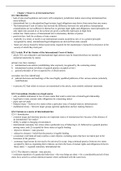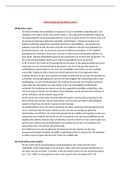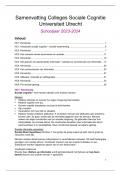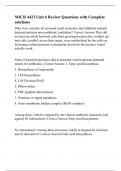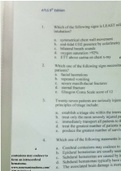Essay
AQA A-Level Biology paper 3 sample essay - Cycles in Biology
- Institution
- AQA
This essay explores the importance and prevalence of cycles in biology. Revision of this material will be essential as a guide for how to approach the AQA A-Level Paper 3 and will improve your knowledge and ability to link your knowledge across all aspects of the course. This is beneficial as the t...
[Show more]
